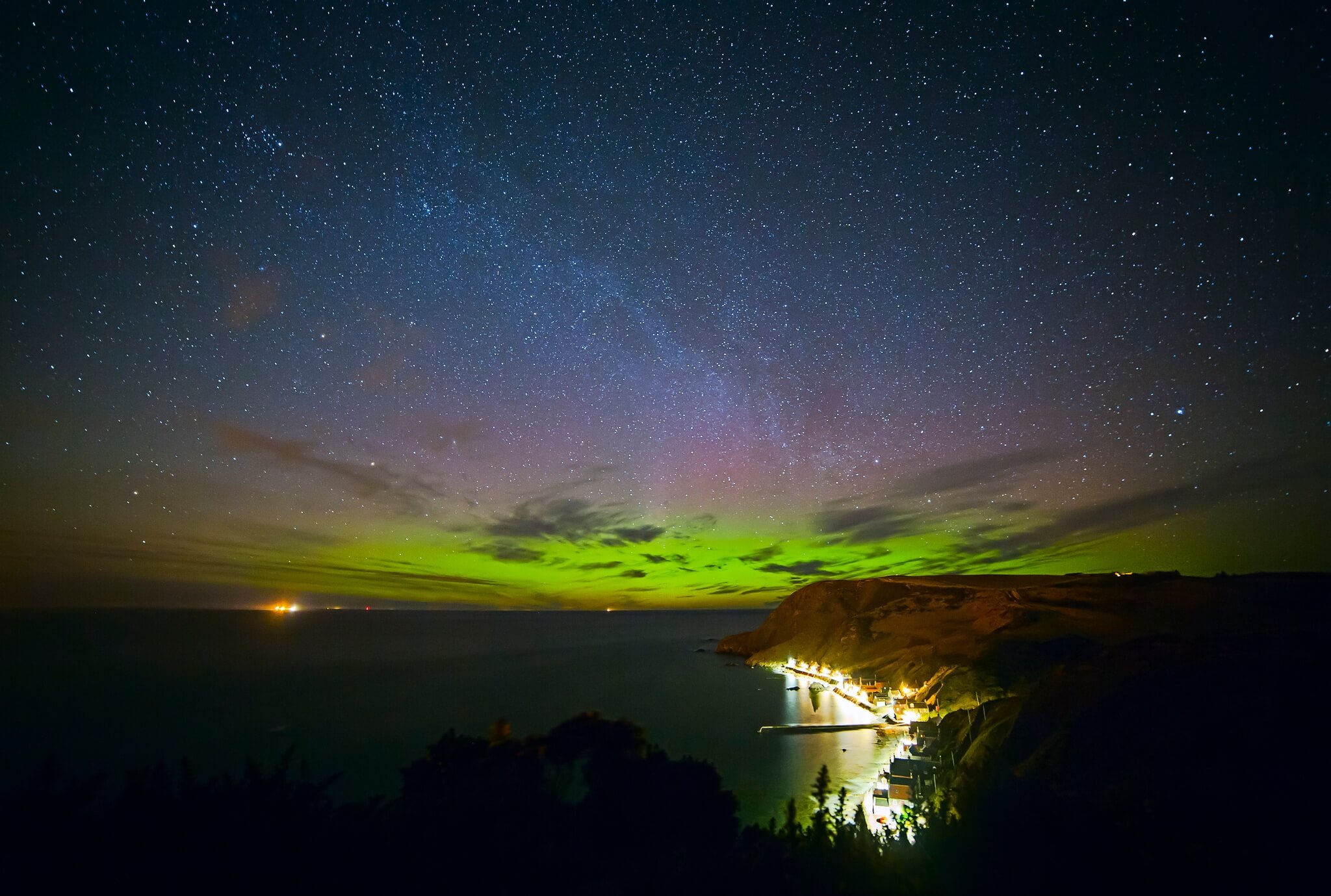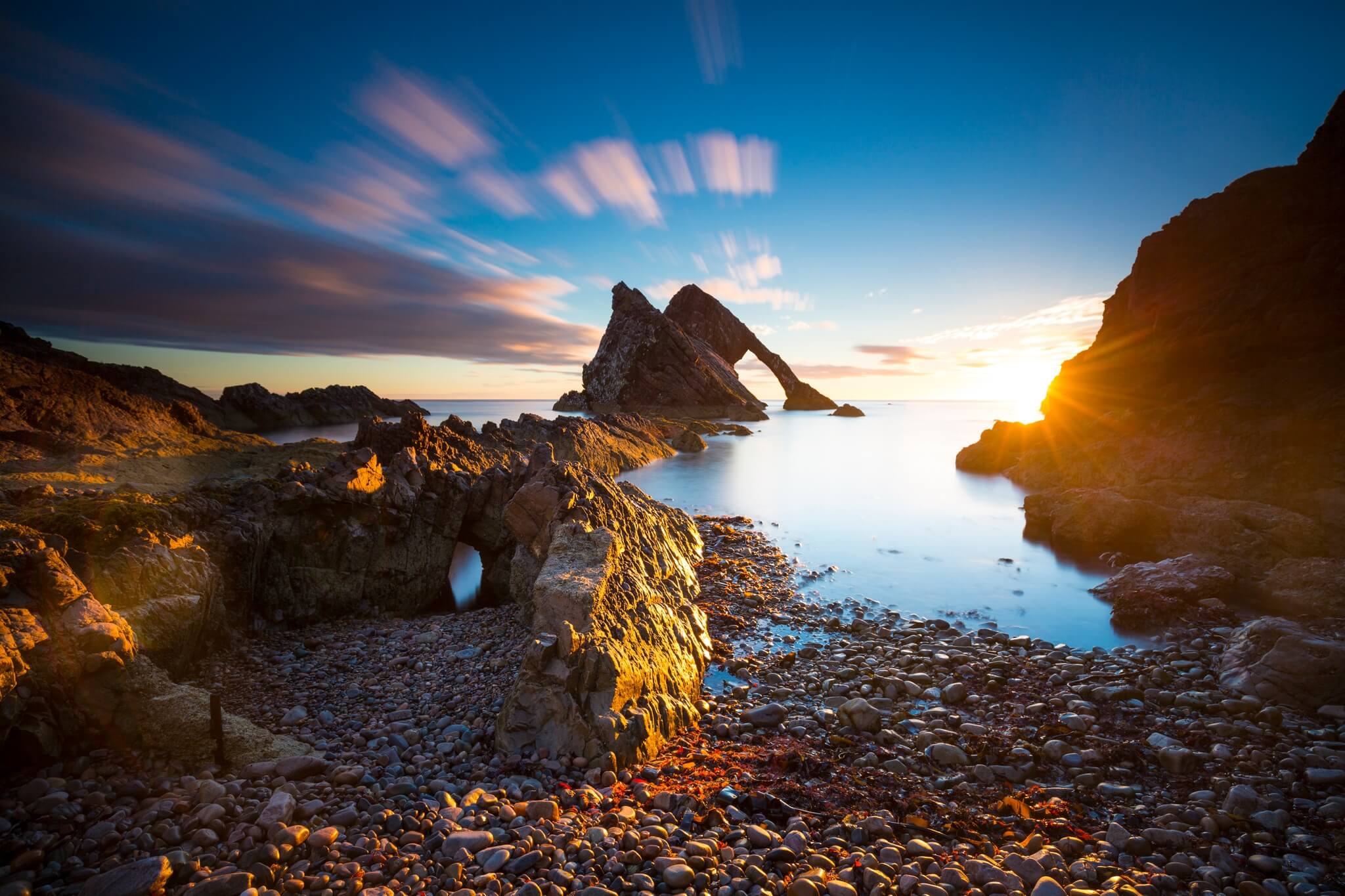Named after Aurora (the Roman goddess of dawn) and Boreas (the Greek name for north wind), this amazing spectacle is caused by charged particles accelerated into the Earth's upper atmosphere along magnetic field lines. The energy to drive this display is provided by the sun, in the form of a 'solar wind'. The sun may be millions and millions of miles away, but it is the reason we see this extraordinary sight.
Aurorae come in all colours, shapes and patterns, setting the night sky alive with rainbows of light. The variations in colour are due to the type of gas particles that are colliding, from yellowish-greens, blues and purples, to fiery reds and oranges. The playful streaks that snake across the night sky evolve and change constantly, and can last minutes or merely seconds. One thing is for certain: the end result is always truly spectacular.
Capturing the Northern Lights
When the conditions are perfect and the sky glows with colour, your next thought might be night-time photography. Taking a great shot of the night sky is quite a skill - both a sturdy tripod and a wide-angle lens will improve your image quality.
For more tips, check out this photography guide


